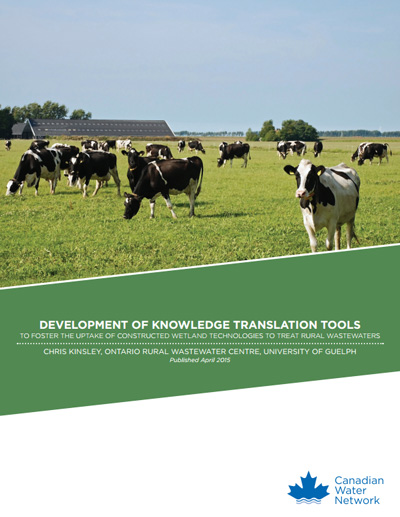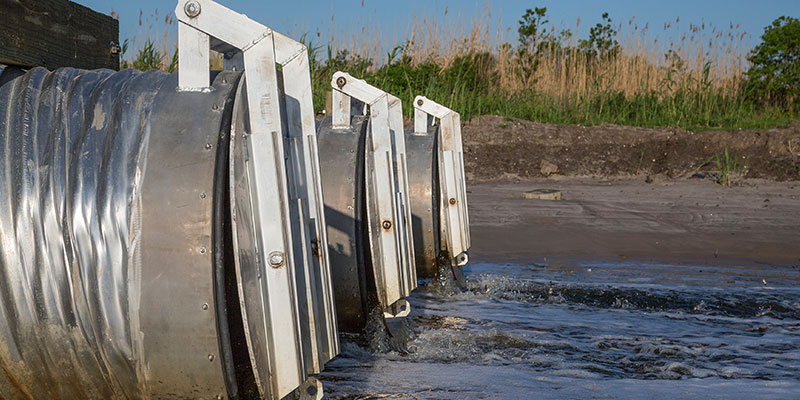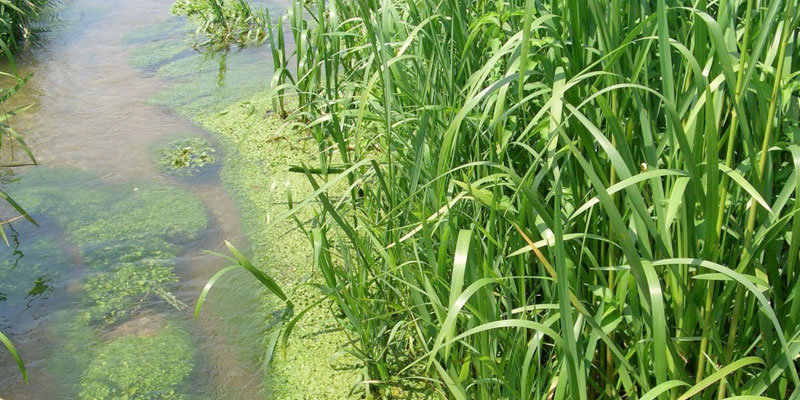Development of Knowledge Translation Tools to Foster the Uptake of Constructed Wetland Technologies to Treat Rural Wastewaters
Principal Investigator - Christopher Kinsley, Professor, University of Guelph (2012-2014)

Challenge
Existing and recent regulations pose challenges in the treatment and disposal of dairy farm wastewaters, septage, and domestic wastewater. Ontario General Nutrient Management Regulation (O. Reg. 267/03) came into effect January 1, 2011 and requires dairy farmers to properly treat and dispose of farm wastewaters by 2016. Untreated septage cannot be applied to land in six provinces (NL, NS, NB, QC, SK and BC). Ontario intends to phase this process out and Alberta has defined high risk areas where this practice is banned; therefore alternative septage treatment practices are needed. Additionally, in domestic wastewater treatment, new subdivisions on at-risk aquifers or impacting surface water bodies require advanced nutrient removal. Previous studies look to constructed wetland systems as a way to treat agriculture, domestic wastewater and septage.
Based on previous CWN funded-projects, the first full-scale wetland technologies have been implemented for the treatment of septage and dairy farm wastewaters, and full-scale demonstration constructed wetlands have been installed to treat domestic wastewater. These initial examples of uptake provide the opportunity to present case studies on their use; however, no mechanism has been in place to produce dissemination materials to promote widespread application.
This study builds upon the following initial projects:
- Project (2001-2004; Robert Gordon, Dalhousie University) – Small Scale Rural Wastewater Management
- Project (2008 – 2012 ; Rob Jamieson, Dalhousie University) – Assessment/Management of Environmental Risks from Onsite Technologies
These projects point to the ability of constructed wetland systems to treat agricultural and domestic wastewaters, and to treat septage to reduce pathogen and nutrient loading to groundwater
Project
This project addresses the need to develop and disseminate relevant and useful information in an accessible manner to help end-user groups apply wetland technologies to solve particular wastewater servicing needs: treatment of dairy farm effluents, treatment of septage and advanced nutrient removal from domestic wastewaters. The research team will work in partnership with end users, including direct end users (septage haulers, dairy farmers, design engineers) as well as policy and approvals personnel from both Ontario and Nova Scotia, to develop and disseminate videos, fact sheets and handbooks describing three rural wastewater treatment applications with constructed wetlands: domestic wastewater, dairy farm effluents and septage.
Outputs
Intended key outputs from this project will include videos, fact sheets and handbooks.
- Three videos on rural wastewater treatment applications within constructed wetlands will focus on domestic wastewater, dairy farm effluents and septage, respectively, and will be made available online.
- Fact sheets on septage reed beds, domestic wastewater and dairy farm effluent will be produced and distributed by the team and partners, and will also be available online
- Three handbooks will present design methodologies for the treatment of the three sources of wastewater: dairy farm effluent, domestic wastewater and septage reed beds. These handbooks will also be available on the web.
Outcomes
Anticipated outcomes include:
- Increased knowledge about constructed wetland technologies to treat domestic wastewater, septage and dairy farm wastewater. This knowledge impacts three target groups:
- End users (farmers, homeowners, septage haulers, rural municipalities),
- Policy makers and approval agencies (building officials, ministries of agriculture, ministries of environment), and
- Design engineers.
- Changes in practice as increased knowledge will encourage wider adoption of these technologies in response to particular wastewater servicing needs.





